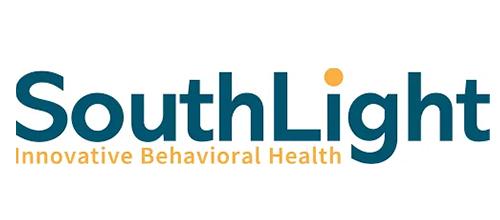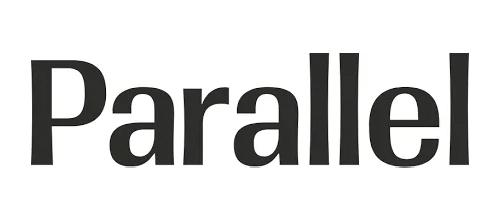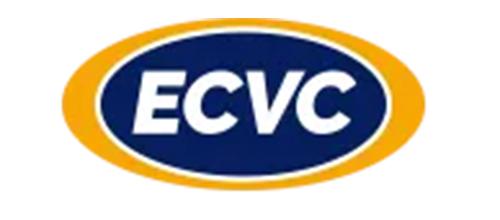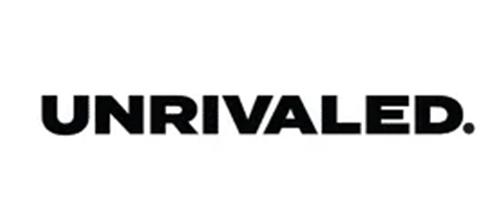
Most people can agree that various generations have drastically different views on, well, just about everything.
This fact certainly doesn’t change when it comes to business. The current workforce is made up of Baby Boomers, Gen X’ers, Millennials, and the first digital natives, Generation Z.
So, with employees of vastly different experiences, beliefs, and backgrounds, how can you make the office a cohesive and harmonious place for true collaboration and effective communication?

The age-old question, and indeed, it’s been answered before. But with a more varied workforce than ever, not to mention the explosion of digital communication, solving the equation has required far more innovation than it did just ten years ago.
Shockingly enough, Baby Boomers still make up one of the largest percentages of the workforce, with this generation opting to work past the typical retirement age. Nonetheless, Millennials will soon make up 75% of the crew, and the tide will shift again.
So, what options do CEOs and HR professionals have to address this matter?
Leave your stereotypes at the door.

It is easy to say that you treat every person the same regardless of age (or any other factor for that matter), and you don’t carry any bias, but the reality remains that we are all just human. We judge every situation based on our personal past experiences, and this can lead to unintentional stereotyping.
Stereotyping isn’t always bad, but it can lead to much larger problems like discrimination. A whopping 64% of workers have witnessed or experienced ageism. Not only is this a serious problem—it’s illegal. Even if your stereotyping is harmless and innocent, you still face the risk of a massive divide in your organization if you put each set of workers into predefined boxes. So how can we negate this?
Foster Communication

It isn’t uncommon for a Millennial to automatically shoot a quick text while a Baby Boomer will likely pick up the phone to call. While no option is right or wrong, establishing clear standards for communication will likely improve relationships between cohorts.
Additionally, as a manager, it might be worth considering setting up out-of-office events or time set aside for employees to interact and get to know one another. Having a friendly, open, and non-judgmental environment will do wonders for the peace of your workplace and trust me– your employees will appreciate the effort.
Encourage Collaboration

After some easy and light interactions, consider diversifying the teams you have working on specific projects within the office. Members of various ages collaborating on the same project can often lead to better results because of their differences. Methods of leadership, task management, or even approaching the same goal can be drastically different from generation to generation. Use this to your advantage and embrace the diversity rather than letting it create a divide.
Work Flexibly

A lot has changed in terms of how society views traditional work. Some of this can be attributed to the pandemic and the realization that remote work can be just as efficient as being in office, but truly it’s larger than that. Living in the office does not equate to high productivity. Electronic communication has changed so much of how we think, and the workforce is changing with the times.
Older generations might be clinging steadily to the 9-5 hour workweek, but that might not be the case for younger employees. Adjusting and being flexible with your diverse employee profile will lead to higher levels of satisfaction and even retention of those Millennial and Gen Z workers.
Conclusion

There is so much to consider when managing multiple generations. We urge you to review your current policies and see how you can ease the pressure of so many personalities. When you think of the big picture, it is more valuable to have a variety of colorful perspectives when accomplishing business goals as long as you can manage it all efficiently. If you find yourself overwhelmed in an HR position, consider how PeopleGuru’s HCM system can alleviate some of the trivial tasks of management to leave you with more time to focus your energy on your staff.
Psst: Our newsletters are basically
HR cheat sheets, delivered to
your inbox
Find daily inspiration and get tips for your day
Network with us on LinkedIn
Love tips and the occasional freebie?
Like us on Facebook
On the count of 3,
get ready to
say cheese!
We’re on Instagram
The best 280 characters you’ll ever read
Follow us on Twitter
Watch demos, learn features and much more
Subscribe to our channel









